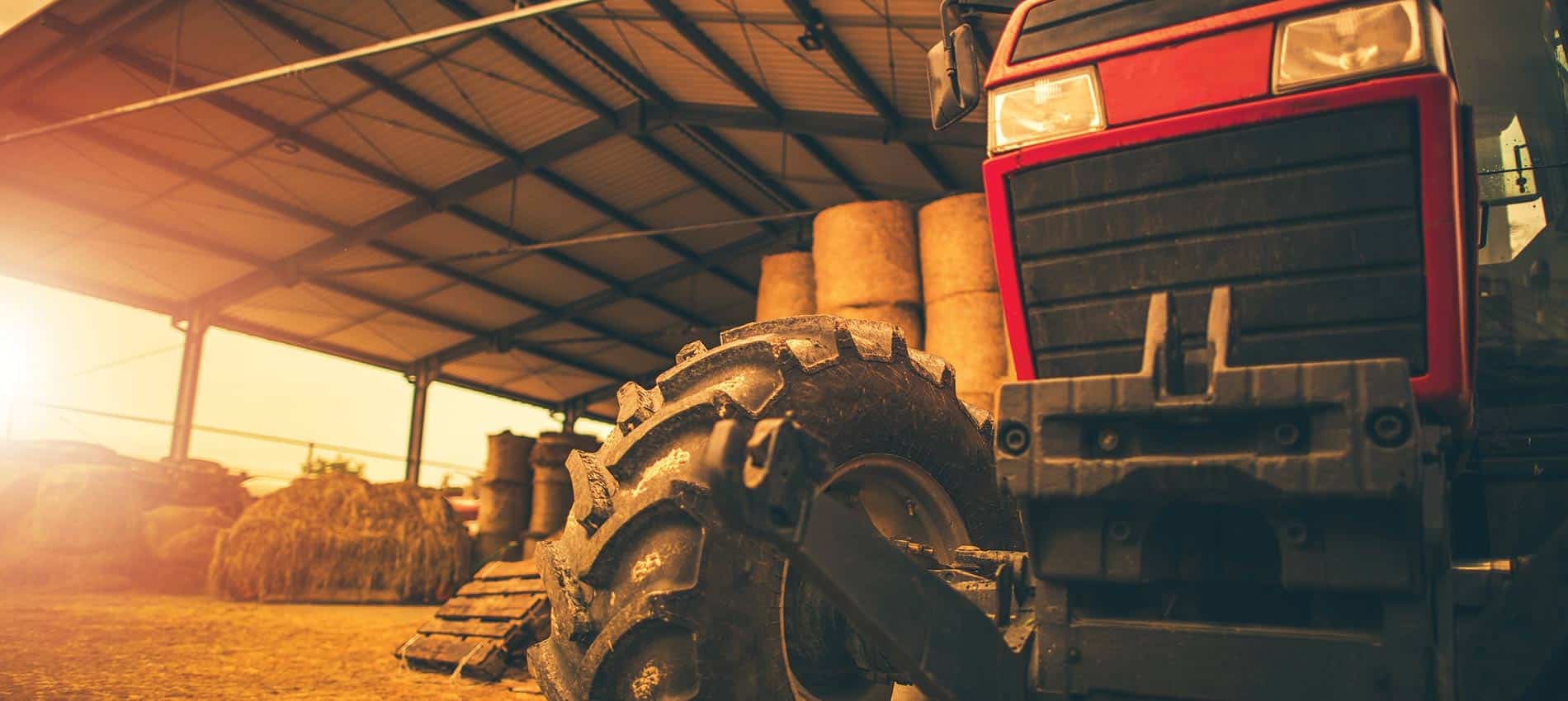As winter turns to spring, you may be thinking about making improvements to your rural property or ag operation—improvements such as replacing old farm or ranch equipment, or acquiring that new machine you’ve always wanted.
Before you go shopping for a shiny new tractor or pickup truck, consider two things—whether to buy new or used, and whether to finance or lease.
It’s normal to want to purchase a brand-new machine. However, Farm Credit lenders—who finance everything from trucks and trailers to ATVs and hay balers— recommend that you assess the relevant criteria before closing the deal. What’s best for your neighbor might not be best for you.
Financing new or used equipment
Shaun Wied, vice president of lending in Capital Farm Credit’s Lubbock, Texas, office, says there are several factors a buyer should consider when deciding whether to buy new versus used equipment.
“A buyer should first determine what the primary purpose of the equipment will be,” Wied says. “What kind of demand will be placed on it—will it have weekend use, daily use? Does that demand level equal the higher price point for a new piece?”
Loans tailored to your needs
Second, Wied says, buyers need to consider their appetite for repairs, keeping in mind that a distinct advantage of new equipment is the warranty that can alleviate worry over costly fixes.
Whether you buy new or used also may depend on the availability of a specific make or model you want, particularly if high-quality used inventory is limited.
Wade Polk, branch manager in Central Texas Farm Credit’s San Angelo office, says that sometimes a customer may be looking for a specific piece of equipment, but it’s not necessarily the best fit for that person’s operation.
“As their lender, I’m vested in not only their purchases, but also in their operation, so fit is important,” Polk says. “If they are looking to grow their business, I want to help them think long term, and what that piece of equipment might be worth at the end of the note and on down the road.”
When it comes to financing equipment, there can be differences between purchasing new versus used. Farm Credit typically finances new equipment purchases on five- to seven-year notes, while loans for used equipment are generally structured for two to five years.
Polk adds that terms are tailored for an operation’s specific
Leasing machinery
Kody Cox, branch manager in Texas Farm Credit’s Sulphur Springs office, reports that leasing is a viable option for many farmers and ranchers, specifically those who routinely trade out equipment or need continuous upgrades as part of normal operations. According to Cox, leasing could be a stronger cash flow option than traditional financing, while allowing terms that are similar to conventional loan terms.
Lease options include, but are not limited to:
- Residual amount at the end of the lease
- Length of the lease
- Ability to upgrade equipment relatively easily
Unlike a loan, however, a lease typically cannot be cancelled, thus the lessee is obligated to make all payments for the entire lease term as opposed to paying a loan off early.
While there are several factors to consider when you’re in the market for farm or ranch equipment, ultimately you should look at down payment requirements, tax advantages, terms and rates for financing versus leasing. It is also usually recommended that you discuss these options with your accountant.
Factors to consider before you buy
Financing new equipment requires a smaller down payment than financing used equipment. New equipment comes with a warranty that can reduce the stress of repairs.
The lower price on a used piece of equipment results in less money out
of pocket, since the down payment is calculated off the purchase price, and used equipment loans have shorter terms.
Leasing requires no down payment and can provide tax advantages, as a lease payment may be tax-deductible.
